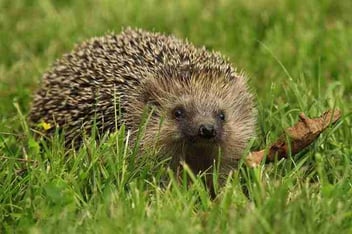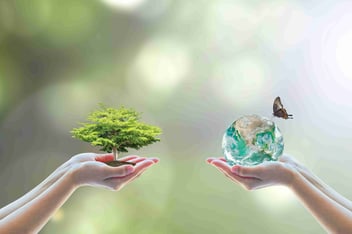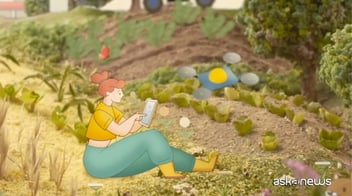Mediterranean Sea: how to protect it from pollution and more
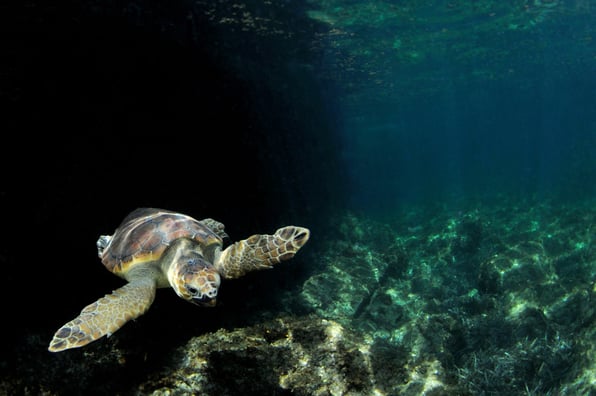
Article of
Giulia Bernardi
Project Manager Blue Marine Foundation
Given the summer season that now floods us with sunshine, I thought I’d tell you about the wonderful Italian sea, its wonders and its current level of criticality that, willy-nilly, bind the fate of all of us.
The beauty and criticality of the Mediterranean Sea
First, I would like to start by calling our planet Earth by a different name, planet Sea, because seas and oceans cover 70% of the surface of our planet, whereas emerged land covers only 30%. This large blue mass is responsible for the production of more than half of the oxygen that is released into the air and is used by all inhabitants of our planet, both terrestrial and marine. And in the middle of this large blue expanse, our beautiful Mediterranean Sea stands out, a small, semi-enclosed sea that communicates with the Atlantic Ocean through the Strait of Gibraltar and the Red Sea through the Suez Canal.
Although the Mediterranean represents only 1% of the global surface, it is a treasure trove of biodiversity, hosting over 17,000 species and reaching biodiversity values up to 10 times higher than the world average. In addition, the Mediterranean is home to several species of exceptional naturalistic importance, including thePosidonia oceanica, commonly known as Neptune Grass, a marine plant (not an alga!), which as such, has roots, a stem, leaves and produces flowers and fruits. The underwater meadows it forms are among the most emblematic habitats of our sea, as they perform irreplaceable tasks for the well-being of the sea and man:
- They are allies against climate change, as they oxygenate the sea, and take away carbon dioxide by accumulating it in their tissues
- They protect the coasts from sea erosion and strengthen the soil with their roots (just like trees in a forest)
- They offer shelter to many organisms during their juvenile phase, protecting them from predators
- They share their space with hundreds of marine species, closely associated with this habitat
Nowadays, this marine plant is seriously threatened by various human activity, including the free anchoring of boats, which causes the eradication of entire posidonian meadows. If you consider that the average growth rate of posidonia is only 1-2mm per year, you can easily understand why today about 40% of the Mediterranean meadows are considered to be in a state of degradation.
However, in addition to its beauty, we must also emphasize the criticalities that currently loom over this wonderful and delicate natural system.
The Mediterranean Sea is the most overexploited sea in the world, both in terms of overfishing (75% of fish populations are now over-fished), and the high maritime transport that winds through its waters together with the many human activities that take place along its coastline and that modify it. Besides this, we must consider the inexorable phenomenon of climate change, which in recent years has led to an increase in water temperatures, recently reaching the historical high of 31 degrees. And last, but not least, there is the rampant problem of macro plastics that, with the motion of the sea, are broken up to become an invisible pulp (microplastic), reaching concentrations in some areas of up to 10kg/ Km2. And since this plastic is not decomposed but is only broken up into small pieces, it is absorbed by the fish through food, arriving, ironically, onto our dinner plates.
We must consider that this phenomenon of poor marine natural environment management affects not only the Mediterranean Sea, but all the oceans. If we consider that only 10% of them remain untouched, we can imagine the real impact that the reckless actions of man are causing on the wider environment of the earth.
What are marine protected areas?
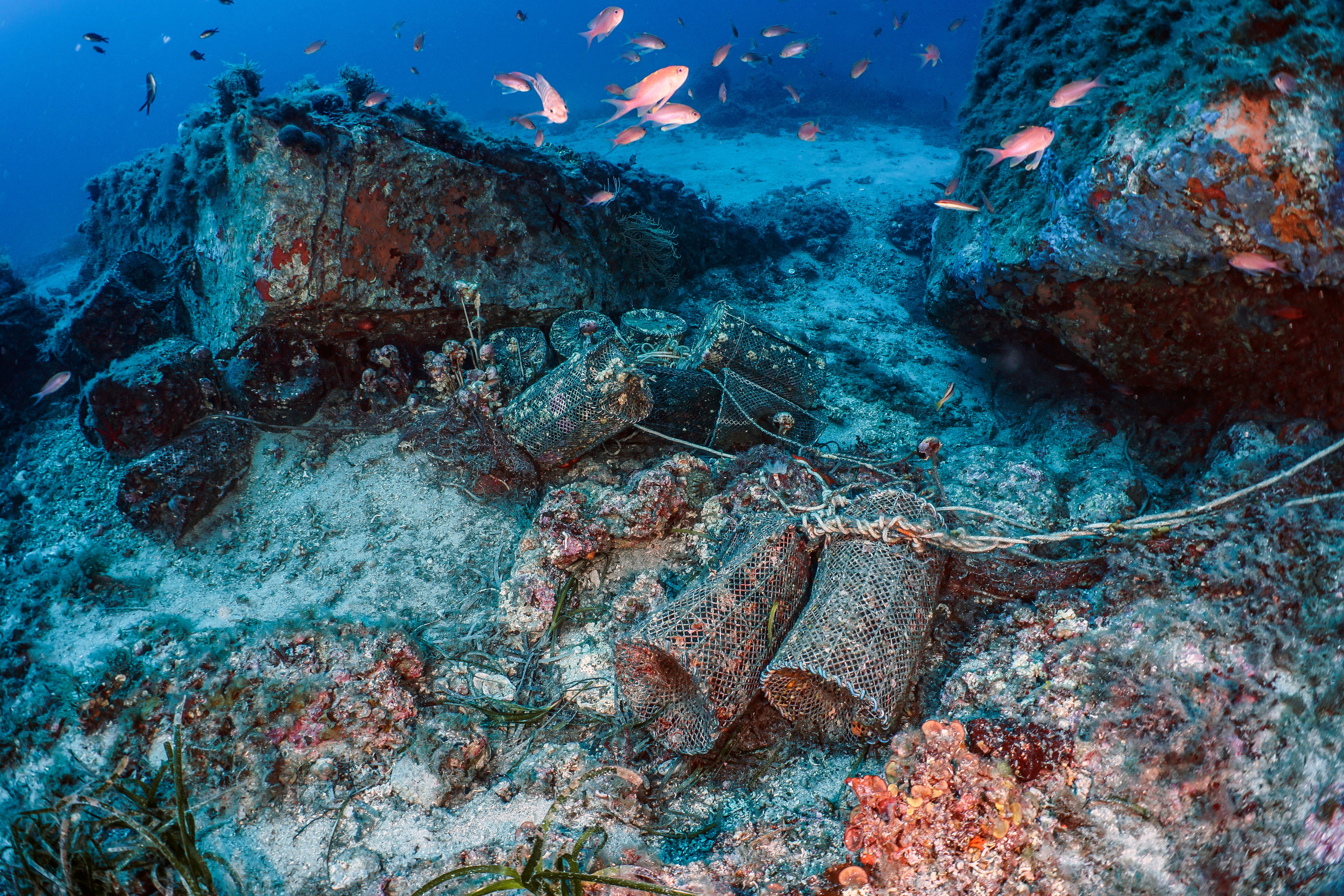
Faced with this environmental degradation, there is an action that helps the seas on a global scale to get closer to their pristine state of naturalness, and that is the establishment of marine protected areas (AMP). AMPs are universally recognised by the scientific world as a legacy for new generations to come; they represent an insurance policy for the future, both in terms of environmental protection to preserve habitats and vulnerable species, and because they are a tool for sustainable development, the only way that will allow man to live in harmony with the sea. AMPs are a heritage that produce beauty and wealth for those who visit for pleasure, but also for those who live within these territories. Obviously, in order for an AMP to perform its function properly and to manifest the so-called 'reserve effects' (high values of biodiversity, biomass and abundance of species), it must be well managed; it must not be too small in size; it must be capable of being connected to other adjacent AMPS in order to ensure that migratory species can find shelter throughout their life cycle.
An AMP represents a model for the effective management of a common good that therefore needs regulations to ensure that its resources are usable even tomorrow, within a context of harmonious development and responsible exploitation of marine resources.
Blue Marine Foundation and Fondazione Capellino in Italy

I have the pleasure of speaking on behalf of the Blue Marine Foundation, for which I have been working with pride and dedication since 2016. Blue Marine is a British NGO that, since 2010, has been committed to supporting many projects around the world to promote the creation of marine protected areas, develop responsible small-scale fishing models, combat illegal fishing and bring our new generations closer to the sea. Blue Marine arrived in Italy in 2016 and today works in seven Italian AMPs with the aim of developing site-specific projects aimed at improving the effectiveness of management and conservation.
In Italy, Blue Marine has found a great ally in Capellino Foundation, which supports three Sardinian projects focused on the recovery and disposal of waste abandoned at sea, on the placing of mooring buoys to protect priority habitats reported by Europe (posidonia and corals), and the promotion of more effective and participatory small-scale fisheries management models by small local fishers.
Other Blue Marine projects in Italy focus on preventing fishing for by-products (fish that are caught but discarded because they have no market value), combating illegal fishing within the boundaries of a protected marine area, and protecting iconic species such as the grey shark, the sea eagle and the rare monk seal.
A code of conduct to preserve our sea
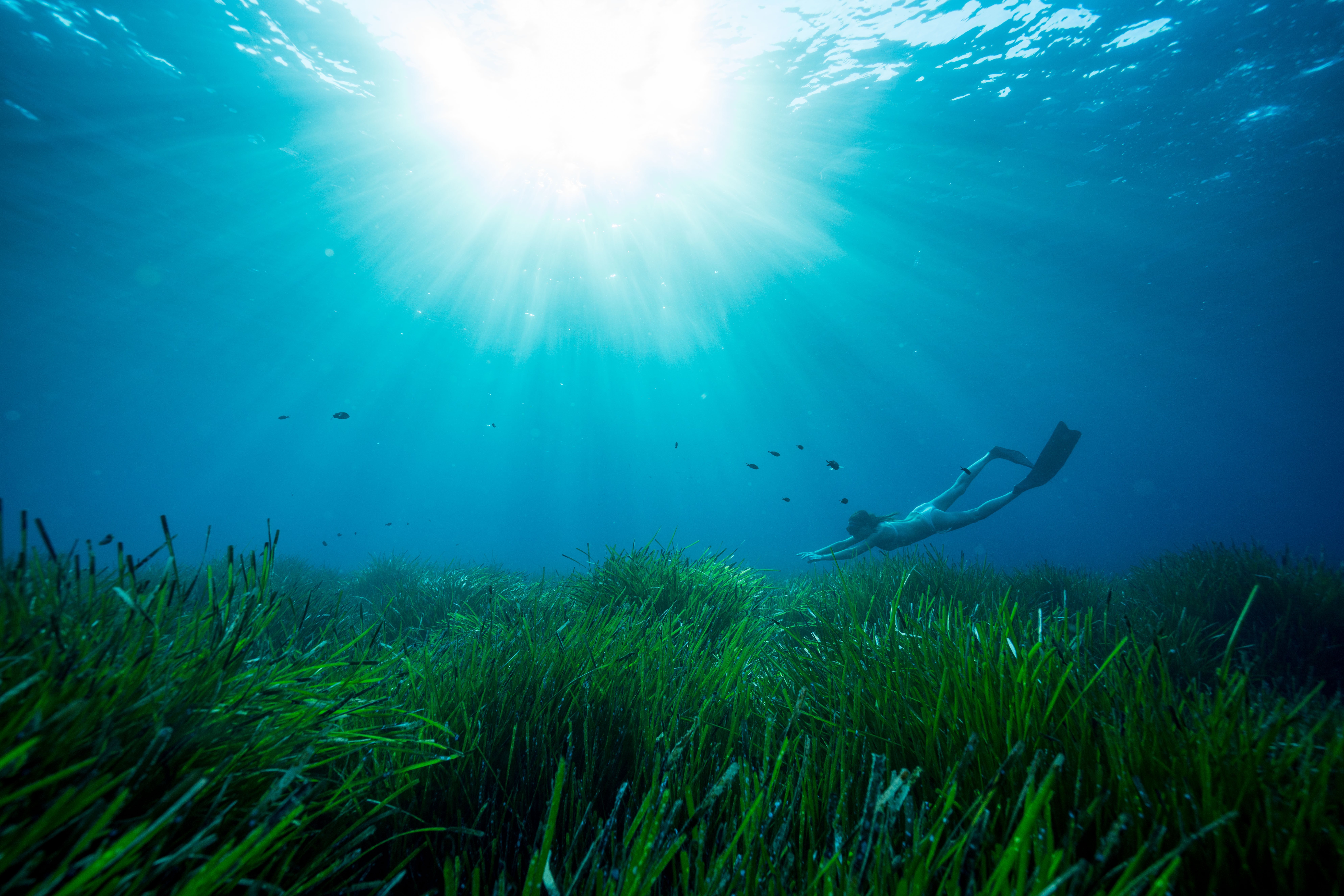
Amps are certainly the most effective tool in preserving marine habitats, but we cannot avoid thinking that the actions of every person are fundamental for the maintenance of a healthy sea. It is important to consider the sea as a common good, in which every action remains engraved in the memory of the places we visit. For this reason, I thought to list below some good practices to ensure that our journey along our coastlines does not cause harm to natural systems, leaving the area exactly as we found it (if not in better condition).
Let us remember we are guests on this beautiful Earth, which gives us air to breathe, nourishes us and welcomes us on this mysterious path that is life.
Vade mecum of the friends of the sea:
- Always know the rules of the area. Remember that these rules are not meant to limit your enjoyment, but to guarantee it to you and to those who will come after you.
- Do not take souvenirs from natural environments (e.g. shells, sand): you are taking important material which maintains the natural state of the area.
- Leave nothing on the beach (e.g. cigarette butts, bottles, food packaging/wrappers, etc.): you will surely have brought bags/shopping bags with you, so you can reuse them to take away your waste.
- If you see a turtle on the beach, or surroundings, do not approach it: it may be attempting to nest. Call 1530 and guard the area, keeping anyone who is curious at a distance.
- Buy a sunscreen that is 'sea-friendly': it will avoid releasing harmful substances into the sea water. Consider that by the end of the season, the number of people who will have been in that place can be very high!
- If you are on a boat and you see big sea animals (e.g. dolphins, whales or turtles) emerge from the water, reduce your speed, avoid getting close, and only observe them: if they want to play, they will come and meet you.
- If you are on a boat, remember that anchoring on posidonia grass is doubly discouraged, both because it is a habitat protected by the European Union (and therefore you may incur a penalty), and because it is not considered a safe anchorage as the anchor can lose its hold and slip away.
- Ask restaurateurs to tell you what local fish is caught by the local fishers: that way you avoid consuming imported fish and support the economy of the local fishers whose fishing has less environmental impact compared to industrial fishing. Remember that demand creates the supply, so your choices can help influence the choices of restaurateurs.
- Call the Coast Guard for any emergency by dialling 1530
Read more about Blue Marine Foundation
